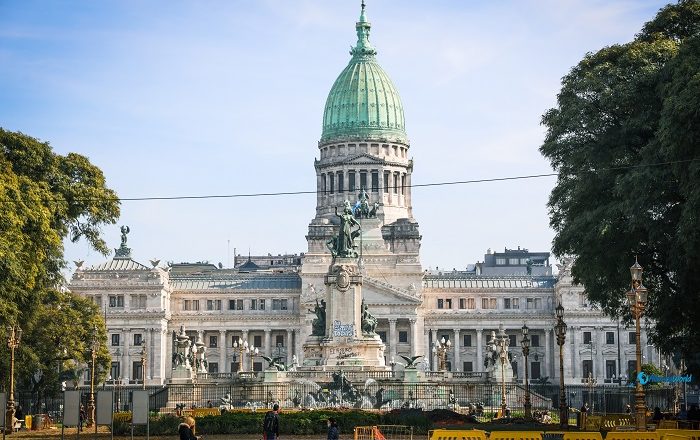The Palace of the Argentine National Congress, locally known as the Palacio del Congreso Nacional Argentino, is an architectural masterpiece that serves as the official seat of the National Congress of Argentina, and it is located in the Barrio of Balvanera, in the eastern part of the capital city of Buenos Aires, within the northeastern part of Argentine Republic.
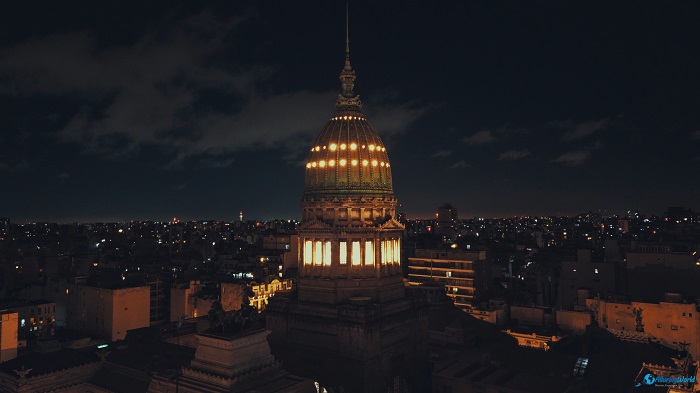
Situated more precisely at the western end of Avenida de Mayo, the building houses both the Senate and the Chamber of Deputies of the Republic, where this grand building is not only a symbol of Argentina’s democratic government but also a significant cultural and historical landmark, reflecting the nation’s political evolution and architectural heritage.
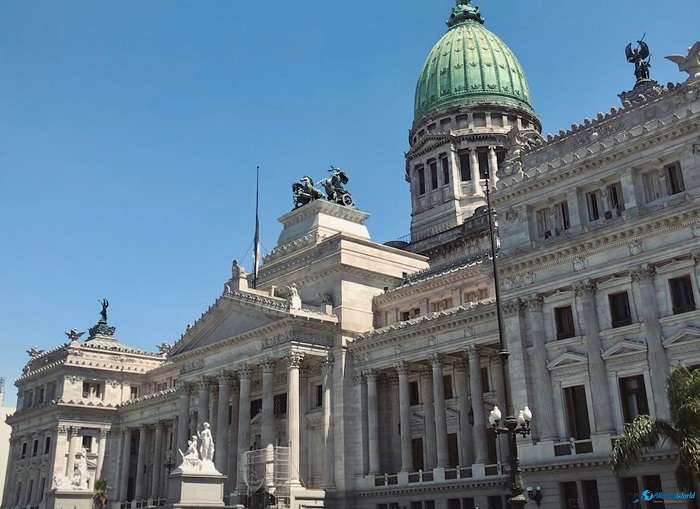
Constructed between 1898 and 1906, the Palace of the Argentine National Congress was designed by the Italian architect Vittorio Meano, who also designed the iconic Teatro Colón. The building’s design reflects a blend of Italian Renaissance and classical Roman architectural styles, characterized by its imposing façade, grand dome, and intricate detailing, where additionally the main facade is adorned with Corinthian columns, a pediment with allegorical sculptures, and an impressive bronze-plated dome that reaches a height of 80 m (262 ft), making it a prominent feature of the Buenos Aires skyline.
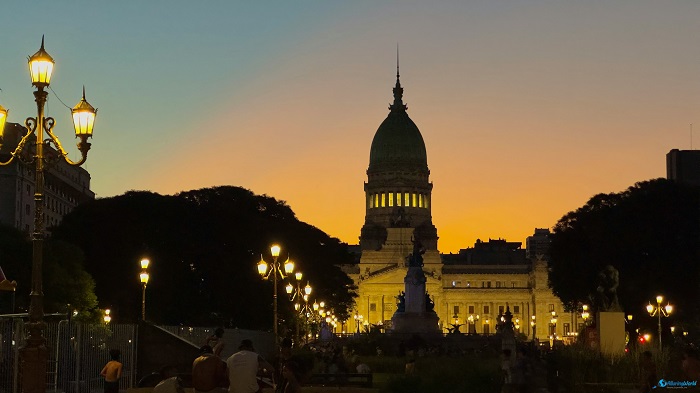
Constructed primarily from a mix of local and imported materials, the structure features an exterior made of gray granite sourced from the Sierras de Córdoba and limestone from the nearby province of Entre Ríos, providing its imposing and durable façade. The interior, just like the exterior, is adorned with luxurious materials such as Italian marble, French stained glass, and fine woodwork from national and international sources adorn the interior, reflecting a blend of neoclassical and eclectic architectural styles. The construction process involved advanced techniques for its time, including reinforced concrete for structural support and extensive craftsmanship to achieve its intricate decorative details.
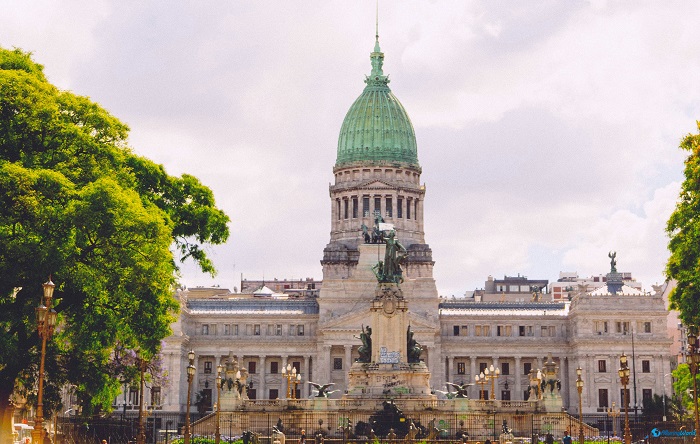
Still, the building’s construction was part of a broader initiative to modernize Buenos Aires and assert Argentina’s position as a leading nation in Latin America. It was inaugurated on 12 May 1906, although some interior work continued for several years, the construction of the palace represented a significant investment in Argentina’s infrastructure and a commitment to democratic governance, reflecting the country’s aspirations at the turn of the 20th century.
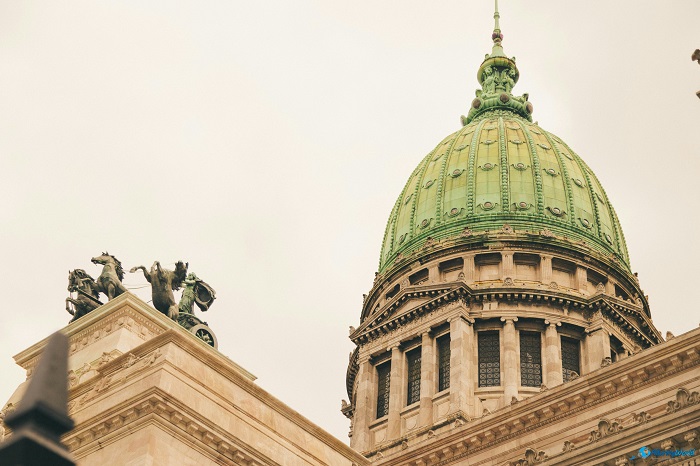
Inside the palace, visitors can explore a variety of ornately decorated rooms and chambers that showcase the craftsmanship and artistry of the era, among which the central hall, known as the Hall of Lost Steps (Salón de los Pasos Perdidos), is a vast and elegant space that connects the two legislative chambers. This hall features marble floors, intricate mosaics, and a stunning stained-glass ceiling that floods the space with natural light. The Hall of Lost Steps serves as a meeting point for legislators and is often used for official events and ceremonies.
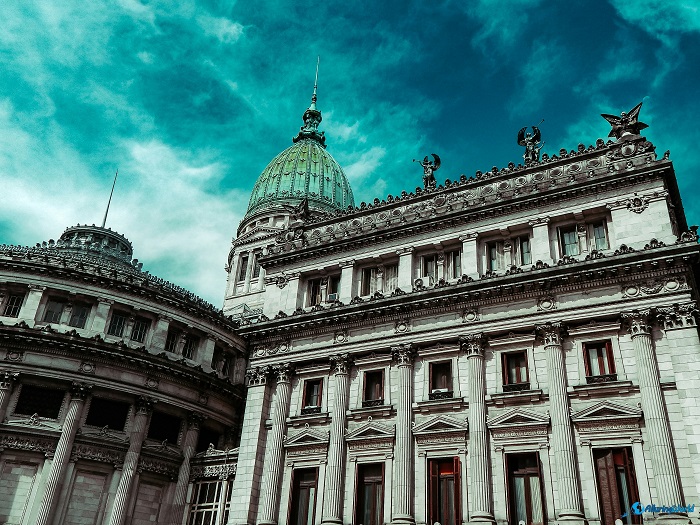
The Chamber of Deputies, located on the north side of the building, is an impressive semi-circular hall designed to accommodate 257 deputies, this chamber features rich wood paneling, ornate plasterwork, and a large skylight, creating a dignified and inspiring setting for legislative debates. On the south side of the building is the Senate chamber, which is similarly grand in design and serves as the meeting place for the 72 senators representing Argentina’s provinces and autonomous cities.
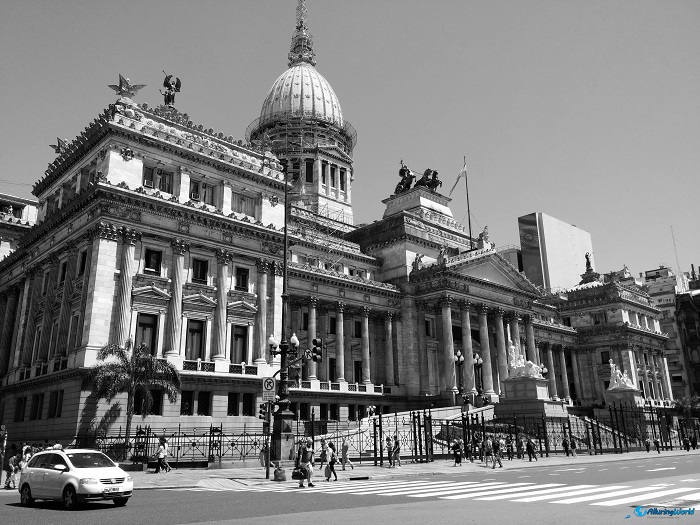
One of the most distinctive features as mentioned above is the dome of the palace, both architecturally and symbolically. The dome is topped by a bronze statue representing the Republic, symbolizing Argentina’s democratic values and national identity, and from within the palace, visitors can access a viewing gallery that offers panoramic views of Buenos Aires, including the nearby Plaza del Congreso and the Avenida de Mayo.
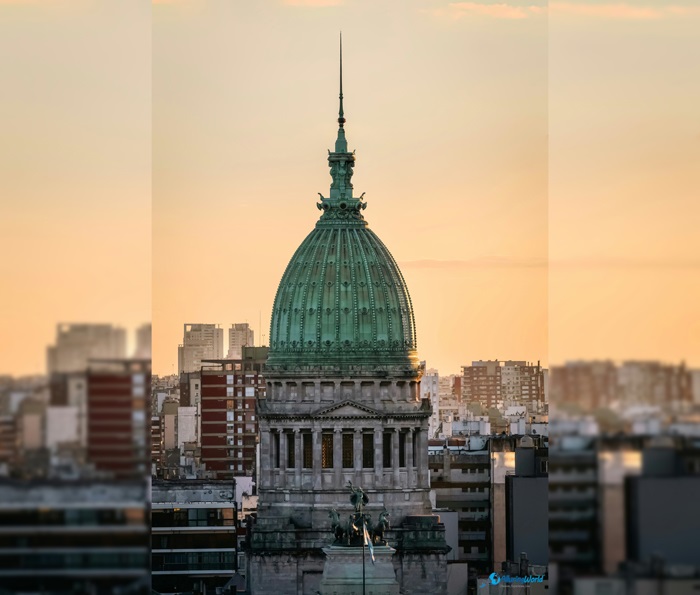
This majestic and quite impressive building is not only a functional government building but also a cultural and historical site open to the public since guided tours are available for visitors interested in learning more about Argentina’s legislative process, political history, and architectural heritage. These tours provide insight into the workings of the Argentine government and the historical events that have shaped the nation’s political landscape.
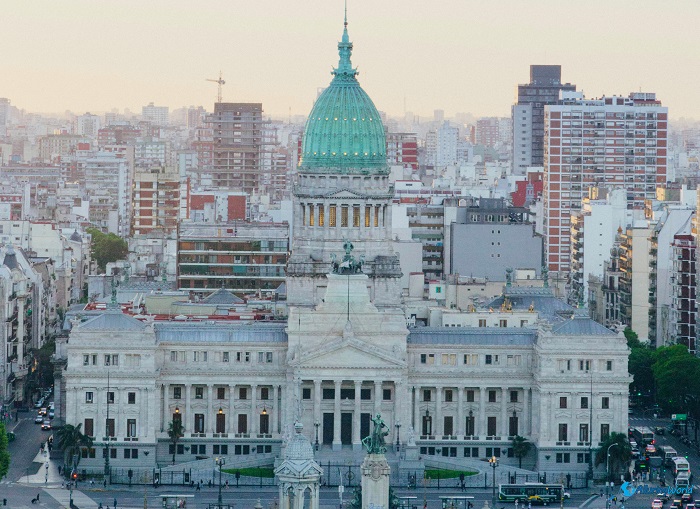
In addition to its political significance, the palace is surrounded by several notable landmarks and attractions. The Plaza del Congreso, located directly in front of the building, is a public square featuring beautifully landscaped gardens, fountains, and sculptures, including the Monument to the Two Congresses. This monument commemorates the 1816 Congress of Tucumán, which declared Argentina’s independence, and the 1813 Assembly of Year XIII, which laid the groundwork for the nation’s democratic institutions.
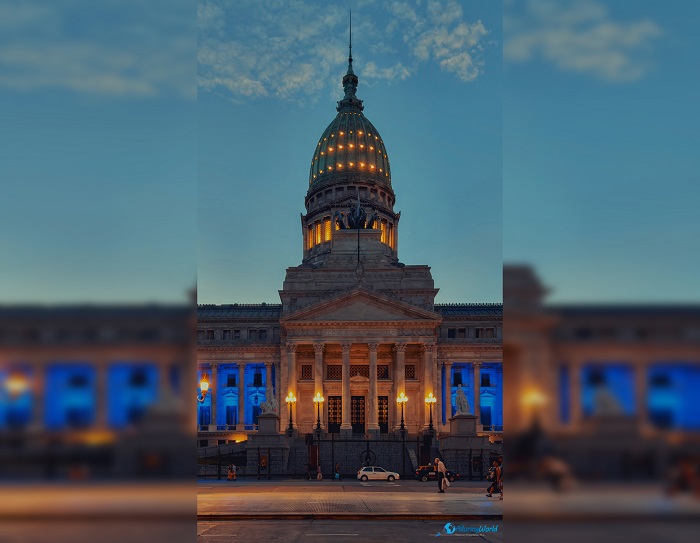
To top it all, the area surrounding the Palace of the Argentine National Congress is also home to a vibrant cultural scene, with numerous theaters, museums, cafes, and historic buildings lining the nearby streets. The avenue that connects the Congress with the Casa Rosada, the presidential palace, is Avenida de Mayo, which is famous for its architectural beauty and historical significance.
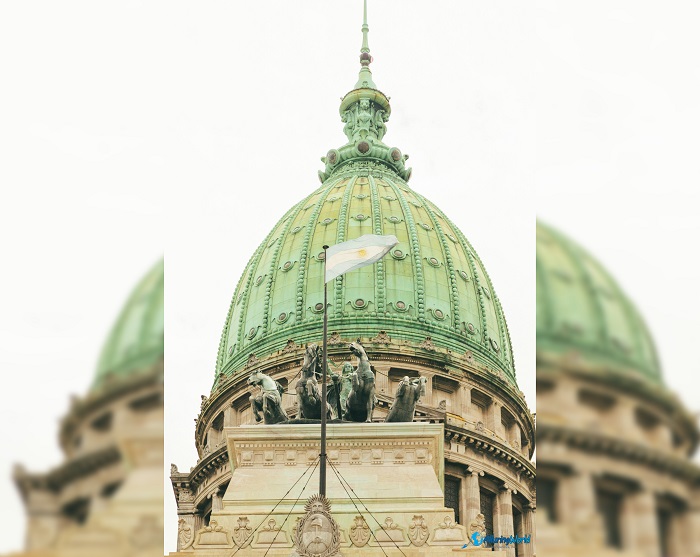
In conclusion, the Palace of the Argentine National Congress in Buenos Aires is a remarkable architectural and cultural landmark that embodies Argentina’s rich history and democratic ideals. Its grand design, historical significance, and central role in the nation’s political life make it a must-visit destination for anyone interested in exploring Argentina’s heritage and culture, and whether you’re admiring its impressive architecture, learning about its political history, or enjoying the surrounding attractions, the palace offers a unique and enriching experience in the heart of Buenos Aires.


